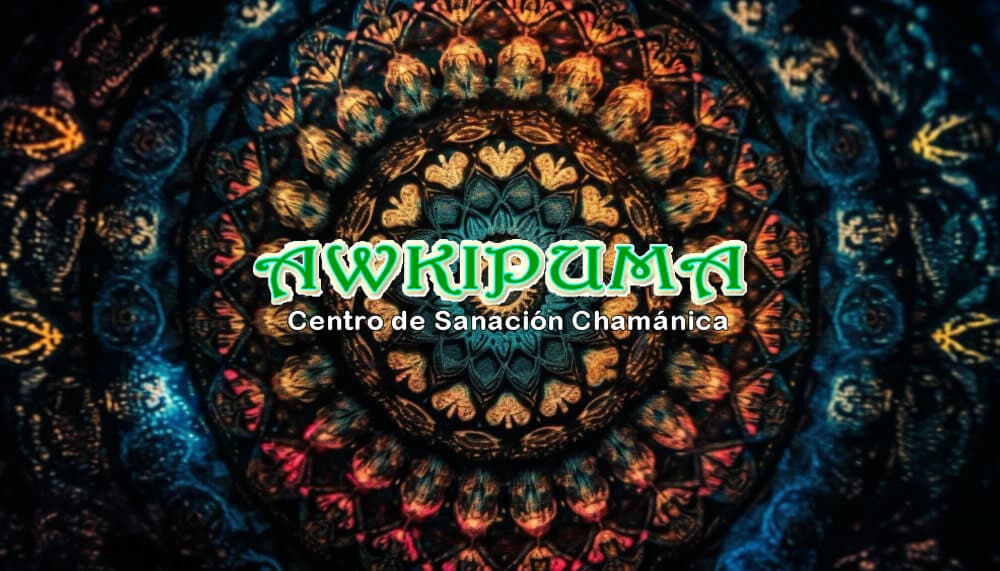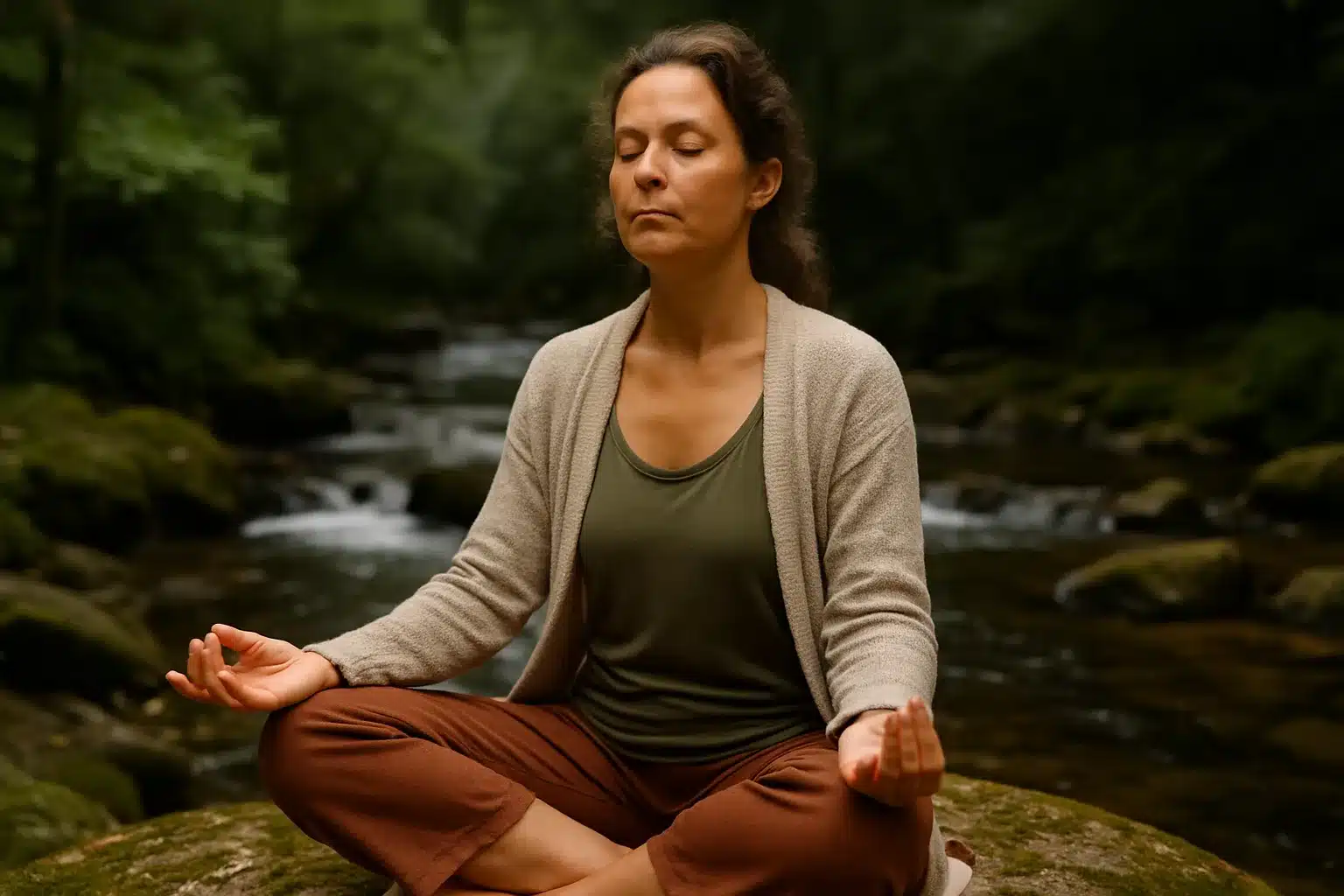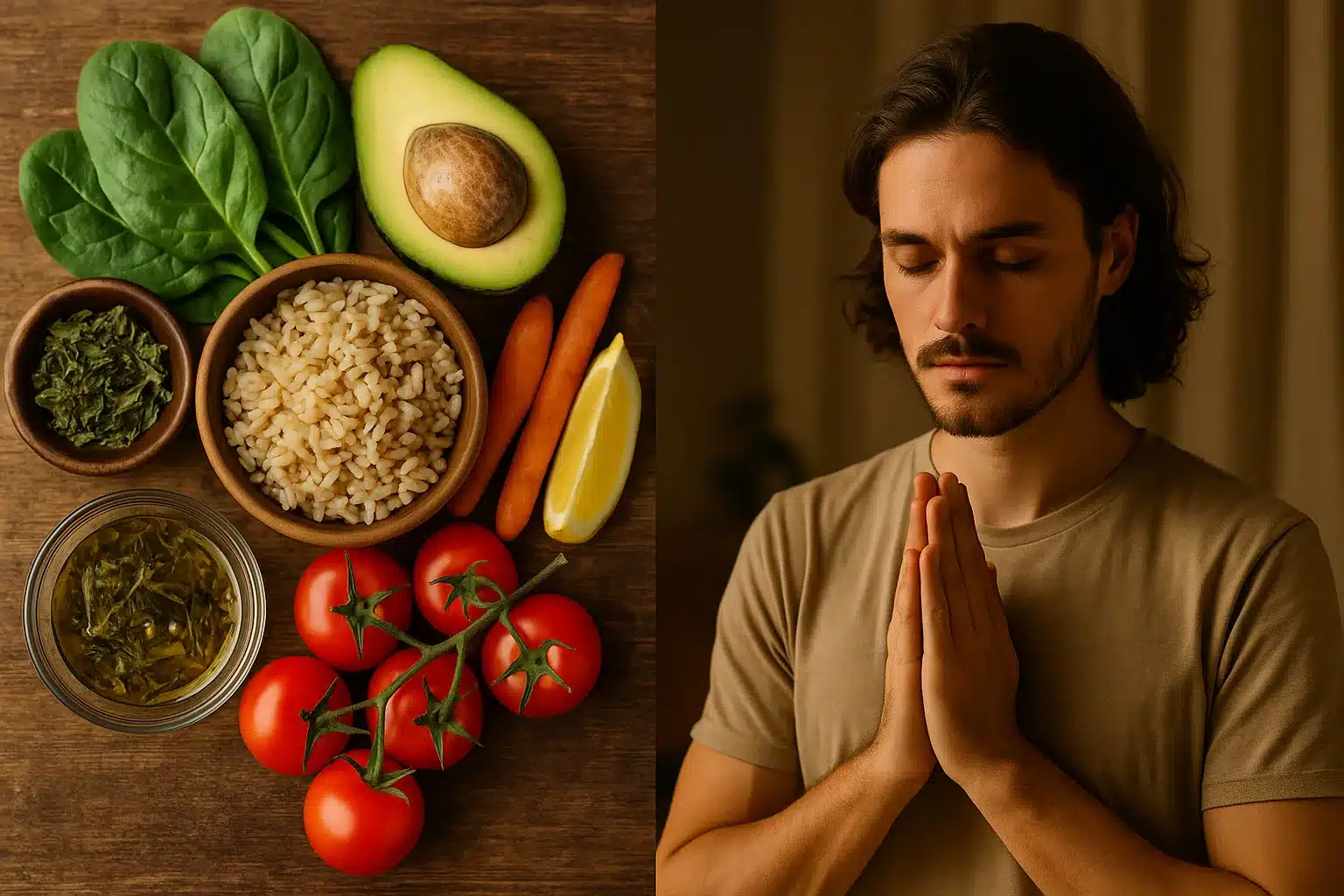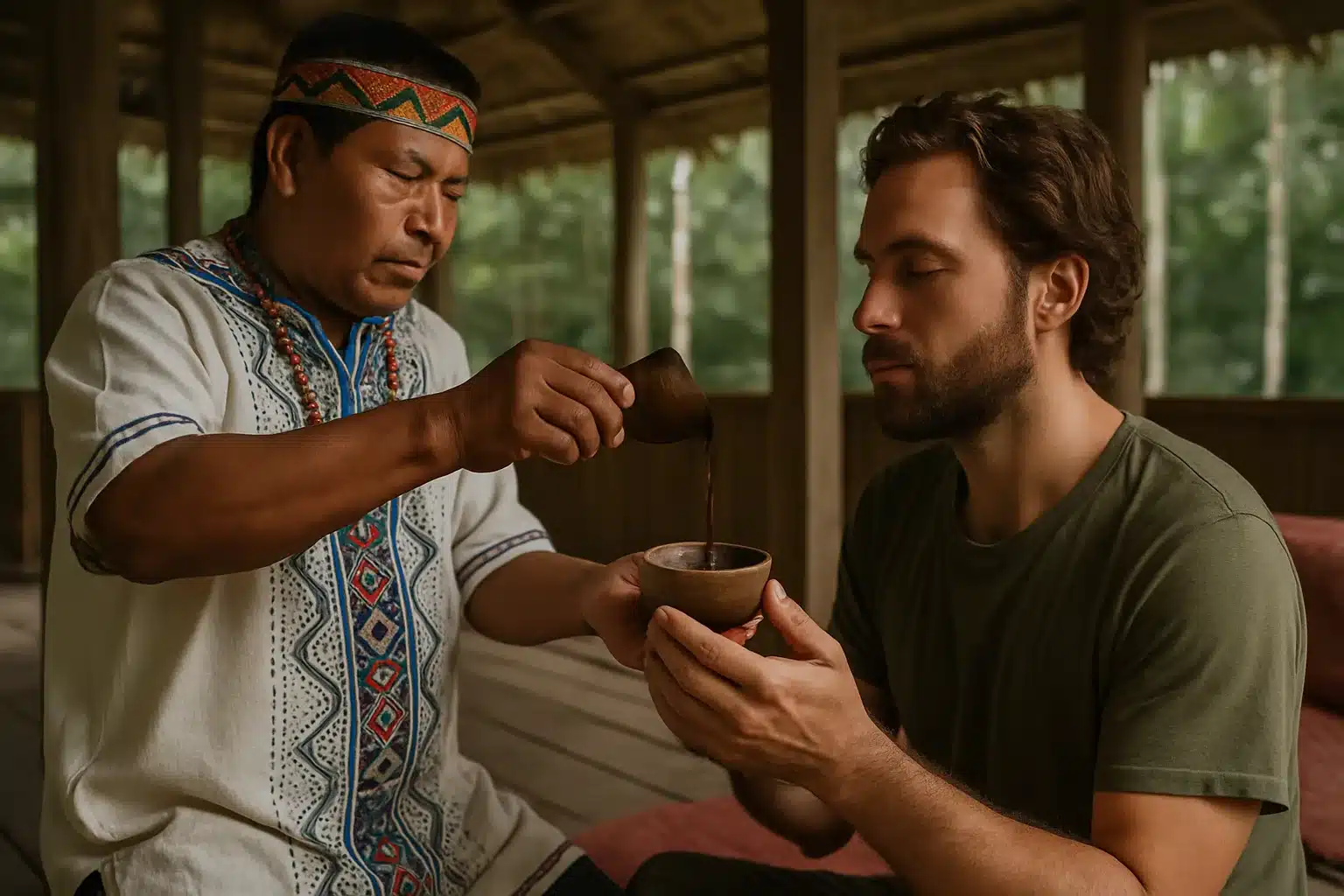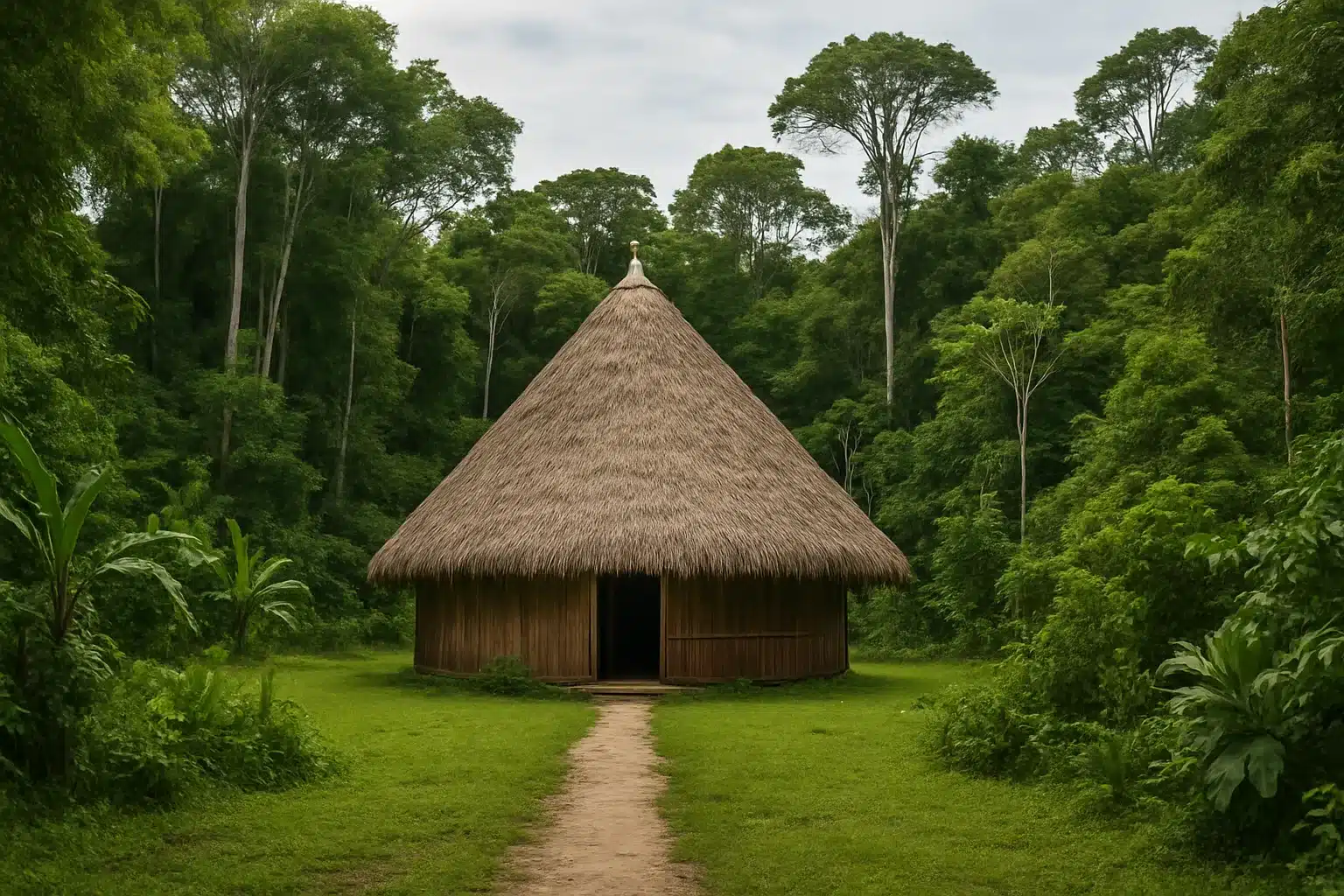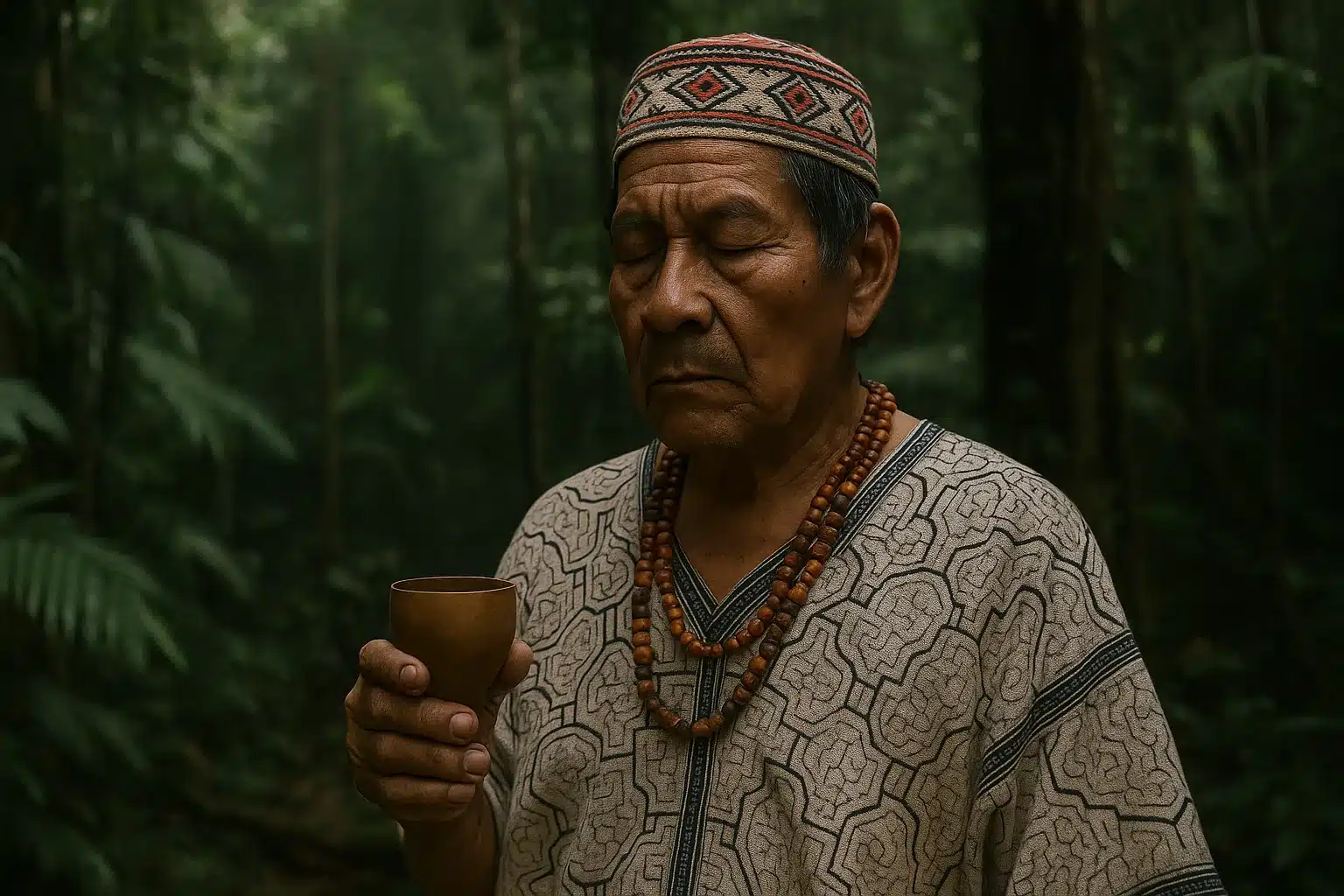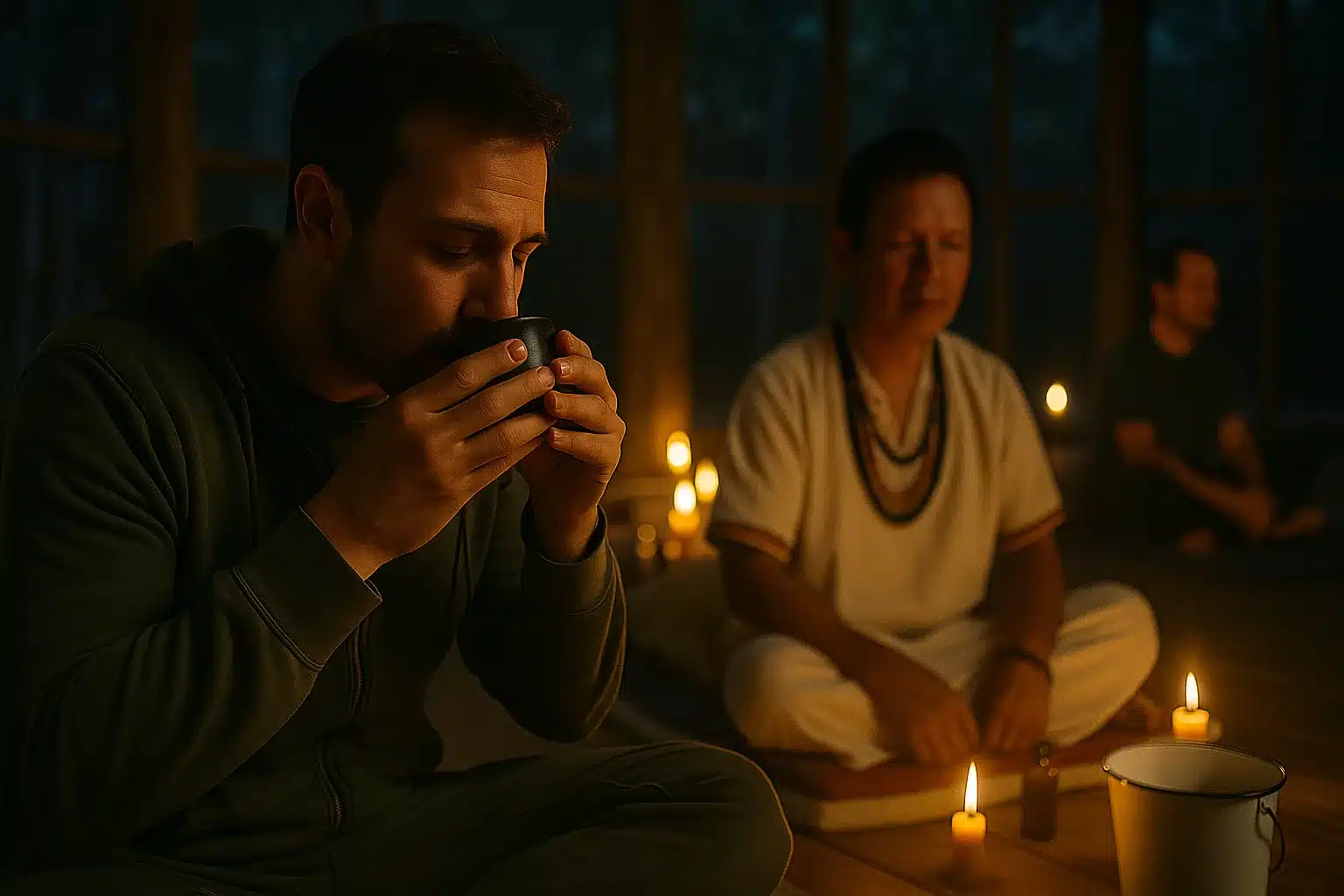People travel to Peru to drink ayahuasca seeking healing, meaning, and a renewed relationship with life. Some are drawn by Amazonian traditions, others by reports of emotional breakthroughs, relief from anxiety or depression, or a desire for spiritual direction. Expectations vary, but the common thread is transformation with respect and safety.
Disclaimer: informational content only. It is not medical advice. Ayahuasca is not for everyone. Consult a qualified professional and follow local guidance.
What ayahuasca is
Ayahuasca is a plant brew traditionally prepared by combining the Banisteriopsis caapi vine with DMT-containing leaves such as Psychotria viridis. The alkaloids in the vine make DMT orally active, producing an intense but time-limited introspective experience when used in a ceremonial context.
Why people seek it in Peru
-
Emotional healing and trauma processing. Many participants report greater well-being and emotional openness after carefully facilitated work.
-
Spiritual growth and life direction. Ceremonies are framed as encounters with a “teacher plant.”
-
Connection with nature and indigenous culture. Learning from Amazonian healing lineages in their place of origin.
-
Community and support. Group work, sharing circles, and integration sessions provide perspective and accountability.
What people expect in a ceremony
A typical night includes preparation, intention-setting, the ceremony led by experienced facilitators, and post-ceremony care. Experiences may include visions, emotions, insights, and physical purging. High-quality retreats screen participants, monitor set and setting, and offer integration.
Benefits and limits
Evidence and lived reports suggest ayahuasca can be generally safe in controlled settings and shows promising results for mood, addiction, and well-being, though outcomes vary and more research is needed. Side effects are usually transient (nausea, vomiting, blood-pressure changes).
Risks, contraindications, and guidance
-
Do not combine with certain medications (for example SSRIs or MAO-affecting drugs).
-
Avoid if you have uncontrolled cardiovascular disease, a history of psychosis, or other disqualifying conditions.
-
Medical screening and honest disclosure are essential.
How to choose a safe retreat in Peru
-
Experienced facilitators with clear lineage and safety protocols.
-
Medical screening and medication review before arrival.
-
Emergency plan and sober support staff onsite.
-
Integration before and after ceremonies.
-
Transparent logistics: group size, diet, accommodation, ethics, and refunds.
Preparation and aftercare
Preparation usually includes a simple diet (“dieta”), avoiding alcohol, recreational drugs, and certain foods/medications; mental and spiritual preparation; and post-retreat integration practices such as journaling, therapy, and community support.

Frequently Asked Questions
Is ayahuasca legal in Peru?
Ayahuasca is part of traditional medicine in Peru and ceremonies are widely offered at private centers. Regulations focus on safety and ethical practice.
Who should not drink ayahuasca?
People on SSRIs or MAO-affecting meds, with certain heart conditions, a history of psychosis, or without medical clearance. Always complete the center’s screening.
How many ceremonies do people usually attend?
Retreats commonly include 2–4 ceremonies in one week, with integration days in between. Check each program’s details.
What is “purging” and does everyone purge?
Purging (vomiting, sweating, emotional release) is common and traditionally viewed as cleansing. Not everyone purges; staff monitor hydration and comfort.
What is the dieta before and after?
A simple diet, no alcohol or recreational drugs, and avoiding certain foods/meds for days or weeks before and after. Follow your center’s written protocol.
How safe is it?
Under proper screening and facilitation, many centers report a favorable safety profile with transient side effects. Choose reputable providers and disclose your health history.
Will it cure my depression or addiction?
No guarantee. Some participants report improvements, but outcomes vary. Continued therapy and integration are recommended.
What should I bring to a retreat?
Light clothing, insect protection, personal toiletries, a journal, and any required prescriptions disclosed during screening. Confirm your center’s packing list.
Are there travel or health notices I should read?
Check current government and embassy advisories for Peru before planning any retreat.
How do I evaluate a center quickly?
Look for transparent info on facilitators, safety, integration, small groups, and reviews that emphasize ethics and care rather than sensational claims.
Ayahuasca is a hallucinogenic drink used in traditional Peruvian medicine. Many people consume it in search of spiritual, healing and transformative experiences. Ayahuasca tourism has grown in recent years, generating controversy about its impact on local communities.
It is important to be aware of these possible adverse effects and take the necessary precautions before consuming ayahuasca. Enjoy Ayahuasca retreat iquitos peru in Awkipuma.


